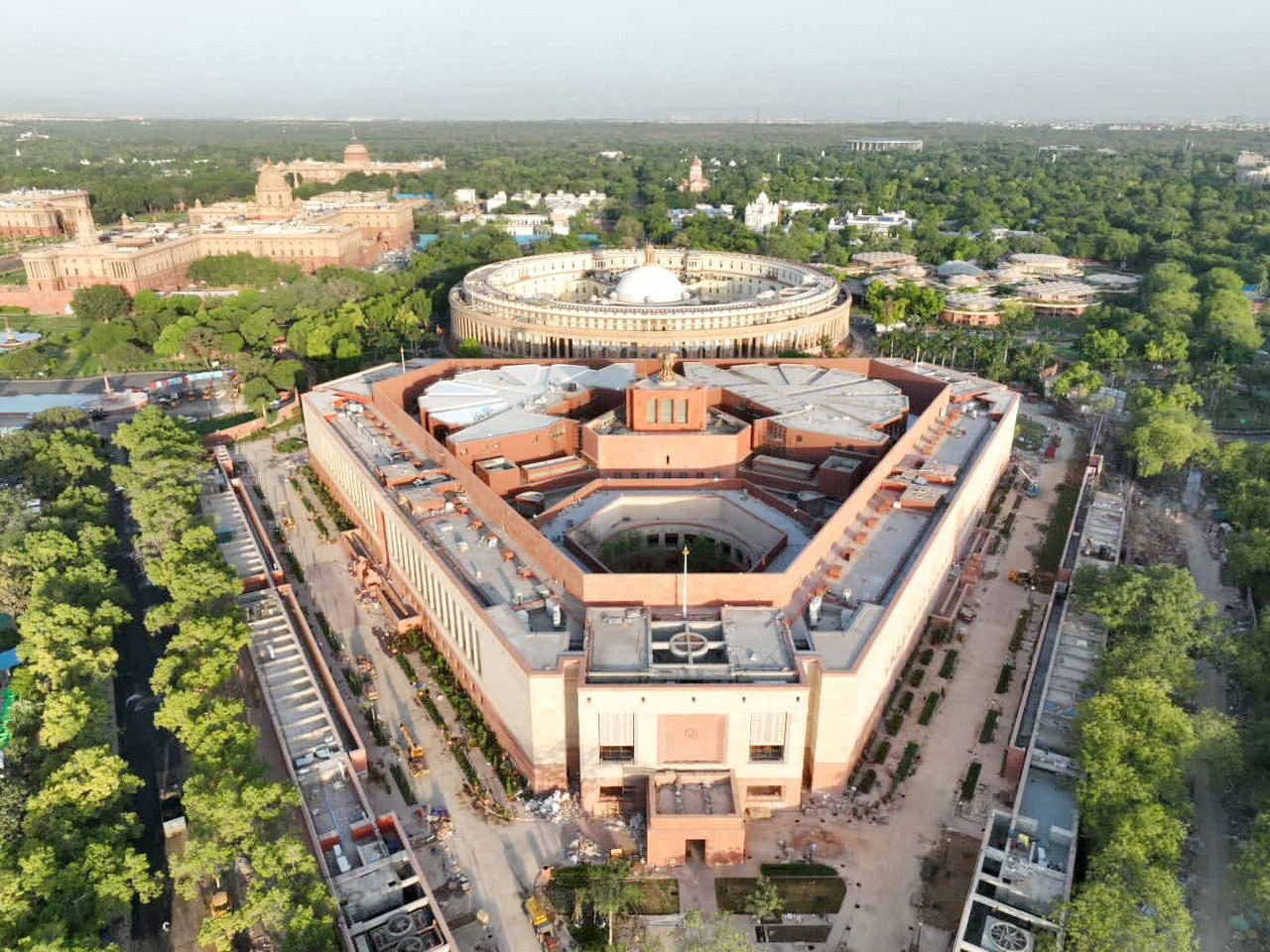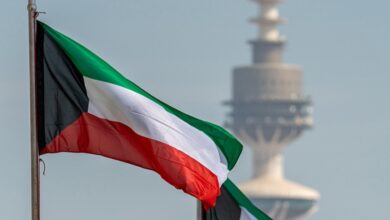
The Indian economy is continuously becoming resilient, GDP growing at 9.7% in 2021–22, 7% in 2022–23, and 8.2% in 2023–24 with a per capita income currently at USD 2739.
Consumer price inflation eased significantly to 5.4% in 2023–24 from 6.7% in 2022–23 due to strengthening of supply chainsvis-à-vis calibrated steps undertaken by Government and Reserve Bank of India.
The Fiscal deficit stood at 5.6% in FY 2023–24, down from 5.8% in FY 2022–23 Supported by higher revenue receipts and expanded economic growth trajectory.
On the external front, India’s exports growth remains strong, and India’s share of global value chains has been moved up. Exports accelerated to USD 778 billion in 2023–24 from USD 776 billion in 2022–23, narrowing the current account deficit to 0.7% in FY 2023-24 from 2% in FY 2022–23.
The significant rise in service exports narrowed the trade deficit to USD 78 billion in 2023-24 from USD 121 billion in 2022-23.
Amongst services exports, software/IT services have driven an increase in overall exports; at the same time, business services exports have also been rising, supported by India emerging as a hub for Global Capability Centres (GCCs).
The UNCTAD World Investment Report 2024 highlights that global FDI declined marginally by 2% to USD 1.3 trillion in 2023 from USD 1.4 trillion in 2022. Notwithstanding this global trend, the FDI inflows in India remained steady at USD 71 during FY 2023-24.
On the back of prudent policy measures and a vigilant monetary policy stance, FOREX has reached an all-time high at the level of USD 666 billion as on 12 July 2024.
Macro-economic dynamics on the eve of Union Budget 2024-25
|
S. No. |
Economic and Financial Indicators |
FY2023-24 |
|
|
1 |
Real GDP Growth (%) |
8.2 |
|
|
2 |
Per Capita Income at Current prices |
USD 2730 |
|
|
3 |
WPI Inflation (%) |
-0.7 |
|
|
4 |
CPI Inflation (%) |
5.4 |
|
|
5 |
Fiscal Deficit as a % GDP |
5.6 |
|
|
6 |
Current Account Deficit (%) |
0.7 |
|
|
7 |
Exports (USD Billion) |
778 |
|
|
8 |
Trade Deficit (USD Billion) |
78.1 |
|
|
9 |
FDI Inflow (USD Billion) |
70.9 |
|
| 10 |
Forex Reserves (USD Billion) (As on 12th July 2024) |
666 |
|
The Economic Survey 2023–24 depicts that India is at the strong wicket and stable footing; highlights six pronged growth strategy for Amrit Kaal, including Strategy for boosting private sector investment, Strategy for the growth and expansion of India’s Mittelstand (MSME’s), Strategy for removing the growth impediments in the agricultural sector, Strategy to secure the financing of green transition in India, Strategy towards bridging the education-employment gap and Strategy towards building state capacity and capability to move towards for a sustainable growth.
At this backdrop, the budget for 2024-25 has focused on four castes (GYAN) for the pursuit of Viksit Bharat, including Garib, Yuva, Annadata, and Nari. The budget envisages sustained efforts on the 9 priorities for generating ample opportunities for all the citizens of India.
These include productivity and resilience in agriculture, employment & skilling, inclusive human resource development and social justice, manufacturing and services, urban Development, energy security, infrastructure and innovation, research and development, and next-generation reforms.
The theme of the budget, particularly focuses on employment, skilling, MSMEs, and the middle class. The GDP is estimated to be Rs 326 lakh crore for 2024-25, reflecting a nominal growth rate of 10.5%. The real GDP is projected at Rs 186 lakh crore, with a growth rate ranging from 6.5% to 7%.
The size of the budget is estimated at 48.2 lakh crore with a fiscal deficit of Rs16 lakh crore, equivalent to 4.9% of GDP, significantly below the last year’s fiscal deficit of 5.6%. Budget has come up with various reforms for the farm sector; 1 crore farmers to be initiated into natural farming, with certification and branding in next 2 years.
Measures to increase the supply of fruits and vegetables such as development of large-scale vegetable clusters close to major consumption centers, promoting Farmer-Producer Organizations (FPOs), cooperatives and start-ups for vegetable supply chains for collection, storage and marketing.
The budget 2024-25 has significantly focused on employment creation in the country. 3 schemes for ‘Employment Linked Incentive’, are announced including one-month wage to all persons newly entering the workforce in all formal sectors in 3 instalments upto Rs 15000; boost to job creation in the manufacturing sector and encourage employers to hire new employees and to provide support to employers by encouragingemployers to hire additional employees and support employment generation.
A skill programme has been announced to skill 20 lakh youth over a 5-year period. 1,000 Industrial training institutes will be upgraded in hub and spoke arrangements with outcome orientation.
To facilitate higher participation of women in the workforce, women hostels in collaboration with industry and creches will be established.
The schemes meant for supporting economic activities by craftsmen, artisans, self-help groups, scheduled caste, schedule tribe and women entrepreneurs, and street vendors, such as PM Vishwakarma, PM SVANidhi, National Livelihood Missions, and Stand-Up India will be stepped up.
A plan named Purvodaya is announced for the all-round development of the eastern region of the country covering Bihar, Jharkhand, West Bengal, Odisha and Andhra Pradesh.
To improve the socio-economic condition of tribal communities, government announced the Pradhan Mantri Janjatiya UnnatGram Abhiyan.
More than 100 branches of India Post Payment Bank will be set up in the North East region to expand the banking services.
The budget provides special attention to MSMEs and manufacturing, particularly labor-intensive manufacturing. To bolster the growth of MSMEs, a Credit Guarantee Scheme, bank credit to MSMEs during their stress period, and a new assessment model for MSME credit have been announced.
MSMEs in the Manufacturing Sector to get new credit guarantee scheme; collateral-free term loans for purchase machinery, up to INR 100 crore in guarantee cover through a self-financing guarantee fund.
To promote manufacturing and services, a comprehensive scheme for providing internship opportunities in 500 top companies to 1 crore youth in 5 years has been announced.
Twelve industrial parks and rental housing for industrial workers will be set up. In addition, Critical Mineral Mission for domestic production, recycling of critical minerals, and overseas acquisition of critical mineral assets will be initiated.
To boost urban development, cities would be developed as ‘Growth Hubs’ through economic and transit planning, and orderly development of peri-urban areas utilising town planning schemes.
The PM Awas Yojana Urban 2.0, addressing the needs of 1 crore urban poor and middle-class families, and ‘Transit Oriented Development’ plans for 14 large cities with a population above 30 lakh have been announced.
The budget has placed a major thrust on infrastructure expansion, as a capex of Rs 11.11 lakh crore, or 3.4% of GDP, has been allocated for 2024–25. To encourage higher private participation, the government has proposed to promote viability gap funding.
To sustain an energy-efficient growth trajectory along with energy security in terms of availability, accessibility, and affordability has been focused. The importance of nuclear energy has been given special mention.
Bharat Small Reactors, research and development of Bharat Small Modular Reactors, and research and development of newer technologies for nuclear energy will be undertaken. Financial support will be provided to MSMEs for shifting them to cleaner forms of energy and the implementation of energy efficiency measures.
The tax structure has been rationalized; notable changes include a decrease in duty on mobiles and accessories to 15% from 20%, as well as a reduction in customs duty on gold, silver, and platinum. Customs duties on gold and silver has been reduced to 6% from 15%, and those on platinum were reduced to 6.4% from 15.4%.
The budget announcements on the tax regime are highly motivating for the middle class, which will boost demand in the economy, including an increased standard deduction for salaried employees to Rs 75,000 in the new regime and there is no tax on incomes up to ₹3 lakh.
The long-term capital gains tax rate on all financial and non-financial assets has been rationalized to 12.5% without indexation, up from 20%. This will simplify the taxation of capital gains and their easy computation. Short-term capital gains tax on certain financial assets would attract a tax rate of 20% instead of the earlier 15%.
In a nutshell, India’s economic growth continues to be the shining exception and will remain so in the years ahead, despite global uncertainties. The budget 2024-25 has provided a clear cut direction for India’s journey towards Viksit Bharat with a dedicated focus on promoting growth, creating employmentopportunities and promoting all-inclusive development of the country.














